 How you know if your kefir grains are dead and what to do about it
How you know if your kefir grains are dead and what to do about itJavaScript seems to be disabled in your browser. You must have JavaScript enabled in your browser to use the functionality of this website. Milk Kefir Grains Troubleshooting FAQ You've finally put your hands on and you're ready to take a crack. You follow a "T" and yet you can't help but wonder if something's not right with your grains... Take a deep breath, come in! There is no need to be alarmed if there is a learning curve when working with kefir grains, especially if it is your first time that is secluded at home. With our full list of FAQs on kefir grains, we are here to help you with all your troubleshooting needs. If you haven't found the answer you're looking for yet, look for our collection of more tips on making kefir at home. Skip to a section:Controlling the CulturingQ Process. I just got my kefir milk cereals and they don't seem to be working. A. Kefir milk grains usually take 3-7 days to properly activate and cultivate the milk kefir. Culture according to . If you have questions or concerns, be sure to contact Customer Service. Q. My milk kefir is forming very fast. How can I stop it? A. There are two factors that determine the speed with which the forms of kefir are formed: the ambient temperature and the relationship of kefir grains to milk. To stop the production of kefir, whether the kefir is cultivating, use a smaller amount of kefir cereals, or increase the amount of milk, up to 4 cups of milk. Keep in mind: It is important for the health of kefir grains so that kefir is formed within 48 hours of worship. If you need to safely reduce the process or make less kefir, please follow the tutorial below and avoid trying to stop the process beyond 48 hours. Learn more: Q. My milk kefir is forming very slowly. How can I speed it up? A. There are two factors that determine the speed with which the forms of kefir are formed: the ambient temperature and the relationship of kefir grains to milk. To accelerate the production of kefir, whether kefir is cultivating or using a smaller amount of milk for the portion of kefir grains it is using. Keep in mind: It is important for the health of kefir grains that kefir does not form in less than 12 hours (the preferred worship period is 14 to 16 hours). While an abundance of fresh kefir is certainly tempting, please avoid trying to accelerate the worship process to this point. Changes in Smell, Taste and TextureQ. My milk kefir seems to have been cut into swabs and serum. Why did this happen? A. Kefir will split if it's over-cultures. This usually occurs when the proportion of milk to grains is not in balance. To prevent this from happening, you can:Q. I've been making kefir milk for a while but the taste of my kefir seems to have changed. Why? A. The . Growing time, the temperature of your home, and the ratio of kefir grains to milk. If your home temperature has changed, you may need to adjust the cult time. If your , you can choose to remove a portion of kefir grains or increase the amount of milk. Additional grains can be used to start a second batch of kefir, given to a friend, or. Q. My milk kefir cereals were working, but the last batch didn't thicken at all. What went wrong? Changes in cult conditions (different milk, new place for cult, station, temperature, etc.) can change the result of your kefir. The reality is that it can be difficult to determine the exact reason for change. If the problem persists, reduce the amount of fresh milk around 1/8, replacing that amount with the finished milk kefir from the previous batch. Repeat 1-3 times, or until the milk kefir starts thickening. For example: If you sew 2 cups of milk, use only 1 3/4 cups of fresh milk in your next batch (reduce by 1/8), and replace the 1/4 cup that reduced by 1/4 cup of kefir finished from your previous batch. Q. My milk kefir smells like yeast. Is it normal? A. Kefir usually smells like fresh yeast. If your kefir smells of spoiled yeast (rota), it can be a sign of contamination or that yeast and bacteria that make up kefir beans are out of balance. Please contact Customer Service to receive assistance if you have concerns. Q. I forgot my kefir cult at the counter for several days. The milk has separated and smells weird. Is kefir beans okay? A. The grains are very good if this has happened once. The greatest danger of leaving kefir beans in the same milk for more than 48 hours is that they can start starving, which can damage kefir beans. Separate the grains and put them in fresh milk immediately. While the finish, separated, the kefir smells and knows well, it can be consumed. Help! I think my Milk Kefir MoldedQ. I think I have mold in my milk kefir. What do I do? While it is rare to find mold that develops on a kefir batch, it may occur occasionally. The mould can appear as white, green, orange, red or black stains on the kefir surface, or a pink decoloration of milk. Kefir beans that become pink, orange, red, green or black can be contaminated. White or yellow kefir grains are not a bad sign but a normal variation. Also normal are the new grains that are light orange/carmelized. AFTER orange grains may not be normal for a while, and customer service should be contacted. White formations on the kefir surface can be moulded or can be yeasts. Please contact Customer Service before discarding anything. If the mold develops, immediately throw the whole lot, including kefir grains. Don't try to save a moldy lot, even if you don't see the mold in the kefir kernels themselves. Doing it can be dangerous for your health. Get a new set of kefir beans, clean the jar thoroughly, and try again another day. Q. Is there anything I can do to prevent the mold if I've had it before? A. If the mould has been a problem in the past, or if you know that there is mould in your environment, distilled, drip or spray the cap of the jar (coffee filter, cloth napkin, etc.) with distilled white vinegar. Continue spraying the deck every day to deter the formation of moulds. More Kefir Grain CareQ. Some of the barrels of milk stick to my kefir cereals. All right? It is normal for kefir to cling to grains and not to present a problem. the best you can and don't worry about smaller layers that stay in kefir beans. Q. My milk kefir is thick and coagulated. How do I find my kefir cereals? A. It may be a challenge to separate the grains from a very thick milk kefir. Our article, offers useful advice. Q. I am cultivating milk kefir with raw or unmogonized milk. My grains are lodged in the cream while separating from the top and it is particularly difficult to fish them. What can I do? A. Stir, swirl, or shake the kefir periodically, 3-4 times in a 24-hour cult period to decrease the spread of the separation of the cream and prevent the grains from staying in the thick cream at the top. Once the worship period is lifted, stirred or shaken to incorporate the separate cream, then unpack the grains as usual. Q. My milk kefir cereals are not growing. What can I do? A. It is known that milk kéfir grains multiply, but sometimes they are reluctant to do so. Even if they do not multiply, with proper care, kefir grains can be used indefinitely to produce kefir milk. Usually kefir grains take 6 to 8 weeks after rehydration to begin to multiply. Learn more about .Q. I left my kefir beans in my oven and the oven accidentally lit so that kefir beans are very hot. Are they dead? A: While kefir beans are very resistant, excessive heat is a thing that can kill them. Exposure to temperatures in the oven is too warm. Milk kefir grains will no longer be cultivated and must be replaced. Q. My kefir beans have multiplied and I would like to save some as backup. How do I do that? Kefir grains can be stored in the refrigerator or in the long term by selecting them. Follow the same procedure for Q. My kefir cereals are multiplying. What can I do with the extras? A. Kefir beans make a wonderful gift for friends. Alternately, they can be eat, blended into smoothies, or shared with hens or pets. Ready to learn more? Related posts
» » How do I know if my Kefir properties are dead? Last Updated: August 26, 2020 By This post contains affiliate links How do I know if my Kefir winnings are dead? Content This item includes links and content that have paid me to include but if you are interested in kefir you will find useful. Kefir has several health benefits, and it is something you can easily produce at home. With that said, there are certain challenges you can find when you are making kefir. For example, you may not know how to say if your kefir cereals are dead. Survise your properties nearby The easiest and most effective way to determine if your grains are dead is to keep them attentive. You should be regularly monitoring your grains to look for signs of problems. You should not be trusting your eyes when you are trying to find out whether or not there is a problem with your grains. You should also use your nose. If your kefir beans have an unusual smell, or if they seem to be bleached somehow, that's a sign of a problem. You should also look for signs of mold. If you pay a lot of attention to your cultures, you will be able to detect this kind of problem right away. Try to relive their properties If your grains have become moist, or if they smell rancid, the safest thing to do is to throw them away. However, if you are starting to see warning signs, you may be able to revive your grains so you don't have to start over from the beginning. Reviving the grains is easier than you might think. In many cases, simply storing your grains in the freezer for a period will be enough to revive them. You can also try to strain the fermented milk. This can be especially useful if you are trying to revive the grains that were sent to you. Make sure you're stealing your grandmothers. If you are having problems with your kefir cultures, you are probably not storing your grains properly. You should try to find a better storage solution so that this is not a problem for you to advance. Its grains must be stored in an area where they will not be exposed to direct sunlight. For example, you may want to keep them inside a dark closet. You will also want to make sure that the area in which you are storing your grains is not wet or wet. This could have an impact on their kefir cultures. Right storage is key if you want to make your own kefir. Break the coins when they become too big When you're producing kefir crops, you'll be feeding your grains. This could cause grains to grow, which could cause problems for you. That's why, if you notice that your grains are starting to be big, you'll want to take the time to break them. This may sound like a complicated process, but it is much easier than you might think. In many cases, you can break the grains by simply shaking the jar in which they are stored. If this doesn't do the trick, then you should be able to break the grains by softly rubbing them with their clean fingers. Make sure you have a reliable guide One of the biggest reasons people have problems trying to make kefir at home is that they have no real orientation. You must make sure you find a detailed guide that tells you exactly what you need to do and what you need to be vigilant. If you have a guide you can follow, you won't have to trust the riddles. You will be able to follow clear instructions, which means you will get better results. Since there are many people who are interested in making their own kefir, you will find many guides there. You can even find video guides, which will allow you to see what you should be doing. Follow the instructions and get better results. It's better to be cautious. If you do not know if your kefir is safe to drink, it is better to start again. There's no reason to put you at risk if anything about your grains seems off. If you have a good guide, you can relive the dead grains of cefir, but that doesn't mean that you should drink something that seems insecure. Trust your own judgment when you're enjoying kefir you've done at home. If you suspect there are security risks, then you must listen to your own instincts. Once you feel more comfortable with producing kefir at home, you will have a better sense of what it is and is not safe. Making kefir at home can be rewarding, but you should make sure that you do things safely and correctly. If you know how to say if your kefir cereals are dead, it is much less likely that you will have problems going on. Does kefir fit well into your diet? Would you like to try something? It's something I'm intrigued about, maybe we should all try? Just a small order If you have found this useful post or enjoyed reading it please scroll down and leave a comment for me makes a big difference and really makes me smile. Please also share social media with your friends and family. Reader interactions Leave a comment Your email address will not be published. Required fields are marked *Comment Name * Email * By using this form you agree to the storage and handling of your data by this website. ♪ This site uses Akismet to reduce spam. .Primary Sidebar I am Jen, I lost more than 10 stones in 16 months of size 30 to size 6 but still, I was not happy with my body or myself. What I realized is that happiness and weight are two different entities. I share healthy family meals that are also friendly with Slimming World. Follow my current journey of being an average moma with fluctuating weight that lives for gin, chocolate and leggings! My other websites are: FooterCopyright © 2021 Only average Jen in the
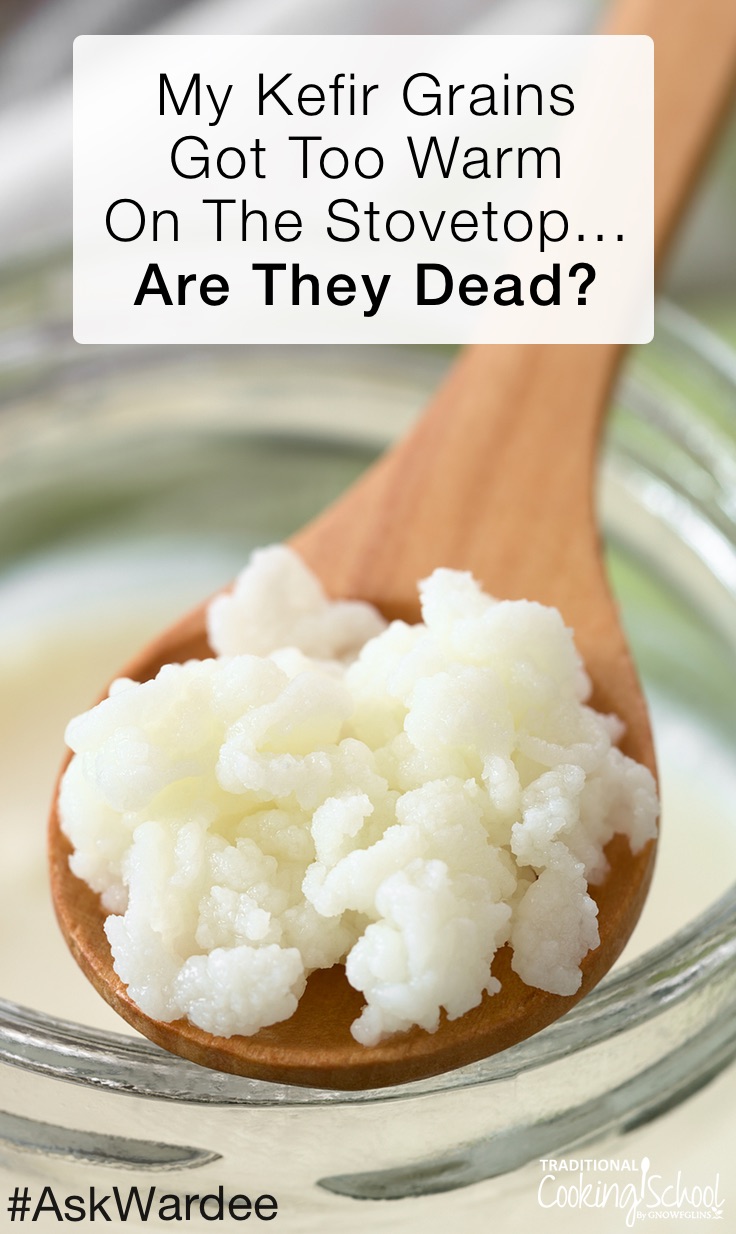
My Kefir Grains Got Too Warm... Are They Dead?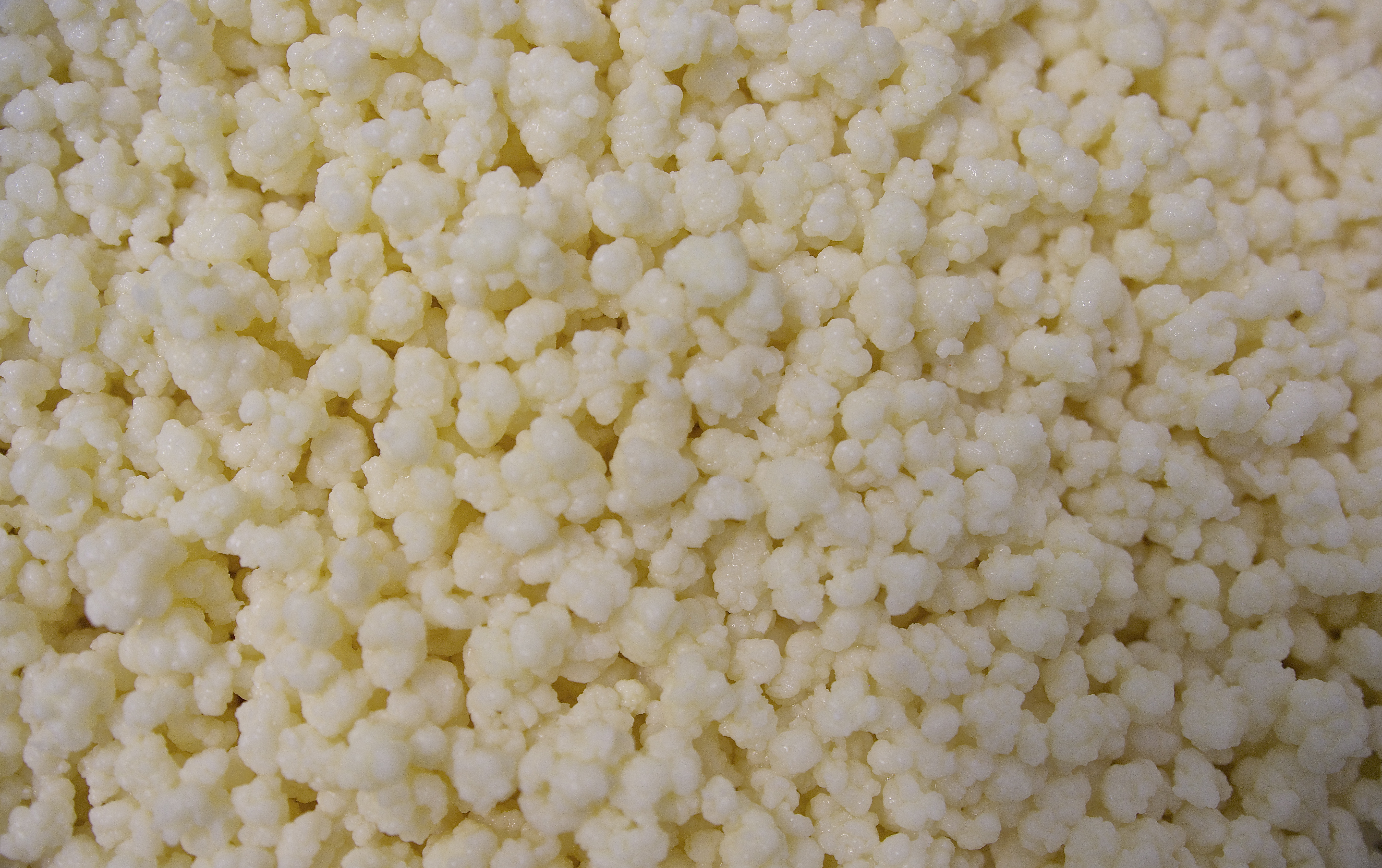
5 steps to revive milk kefir grains - KEFIRKO
Common Kefir Questions – Happy Kombucha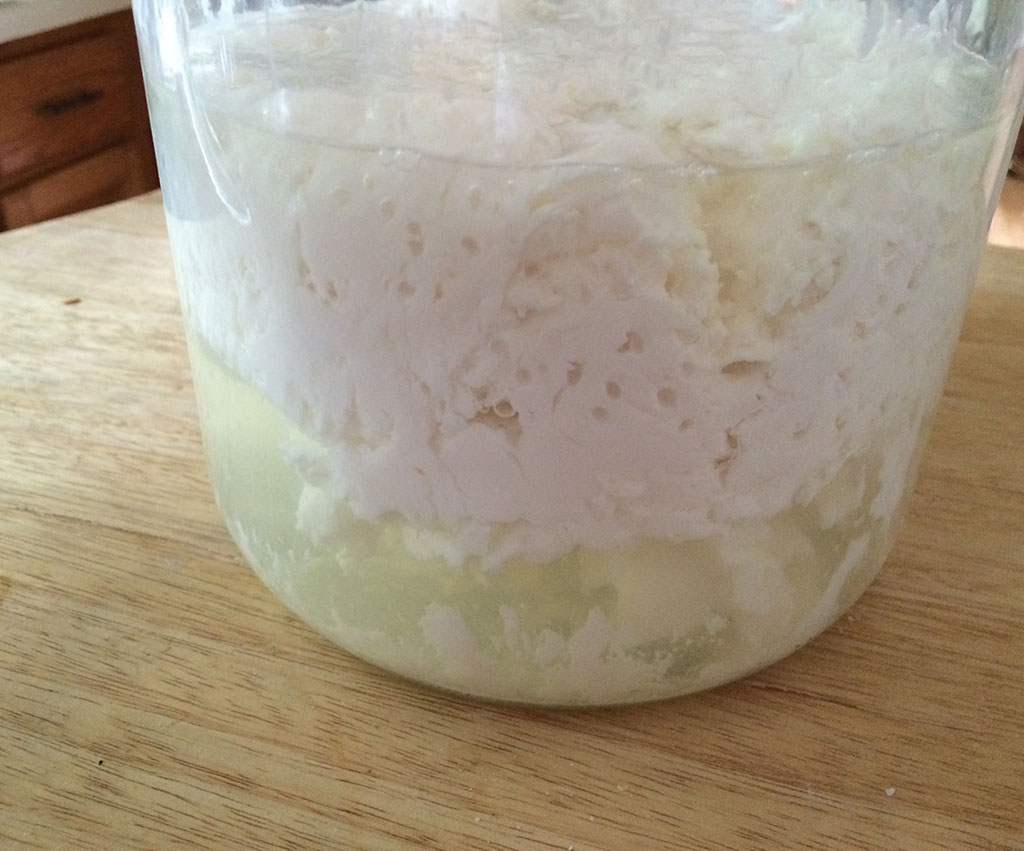
Milk Kefir FAQs - Cultured Food Life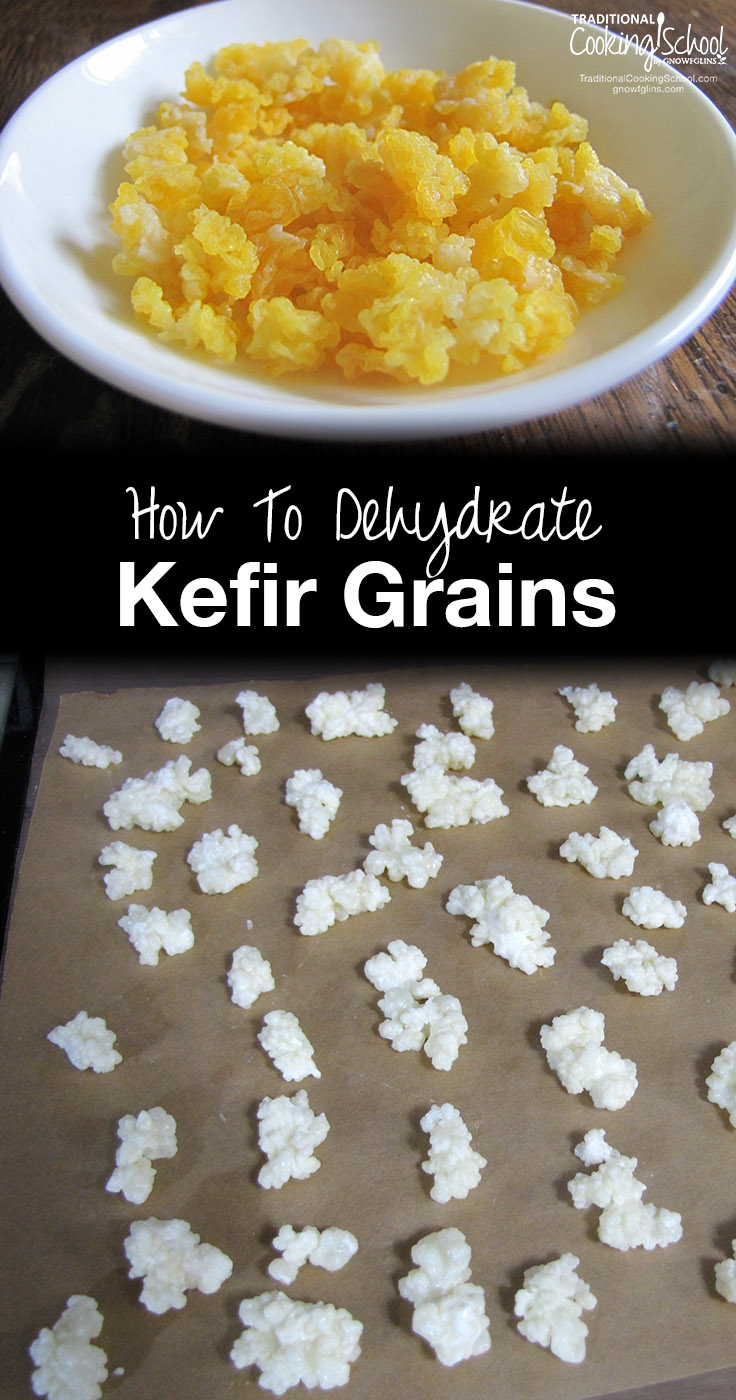
How To Dehydrate Kefir Grains | Traditional Cooking School
Kefir Basics | Lessy Lu's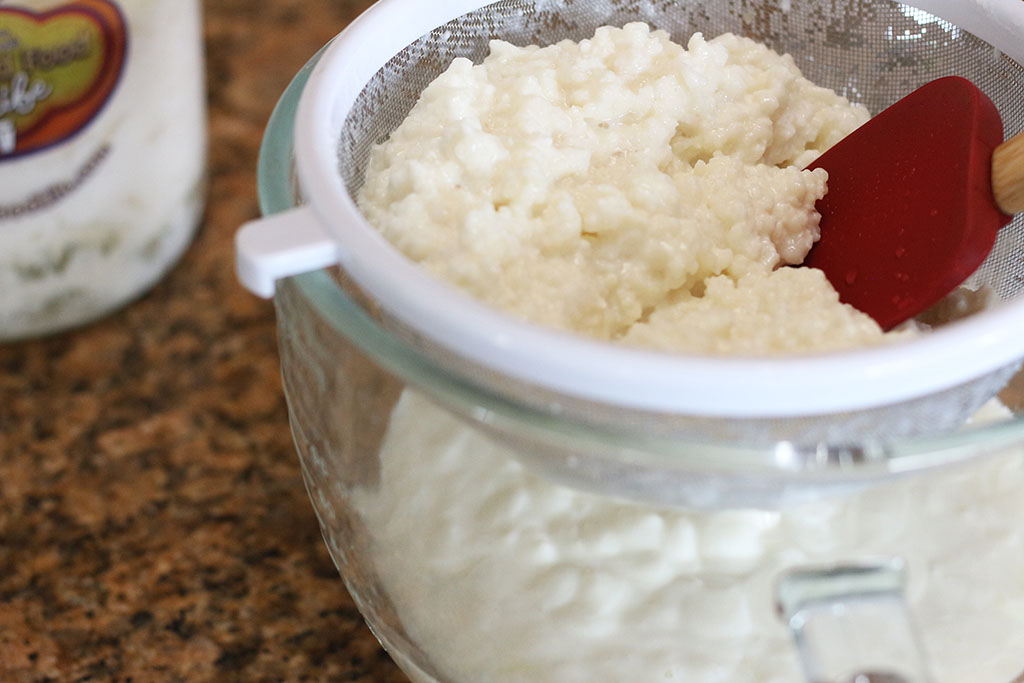
Don't Rinse Your Kefir Grains! - Cultured Food Life
How can I tell if my water kefir grains are working? – Happy Kombucha
Dom's Kefir FAQ in-site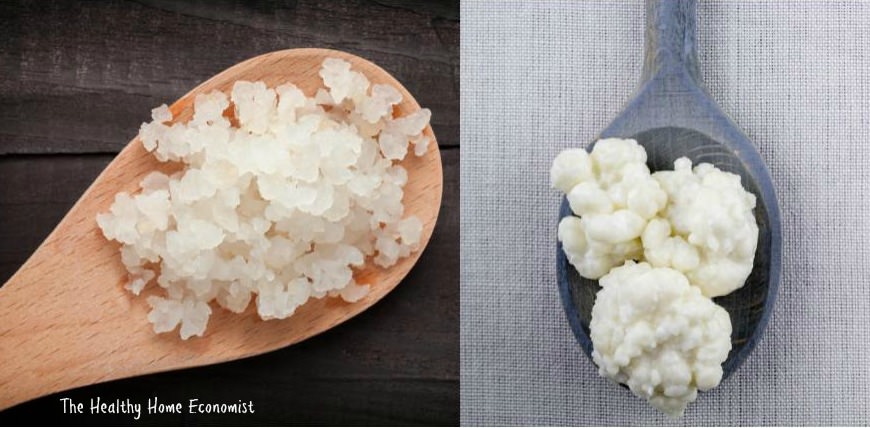
How to Tell Milk Kefir from Water Kefir Grains | Healthy Home Economist
Are They Dead? I Left My Kefir Grains On The Stovetop And They Got Too Warm! | #AskWardee 090 - YouTube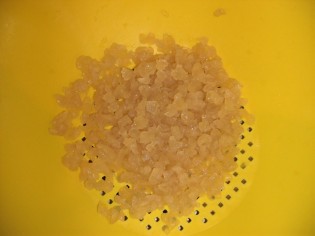
I Killed My Kefir Grains - Kelly the Kitchen Kop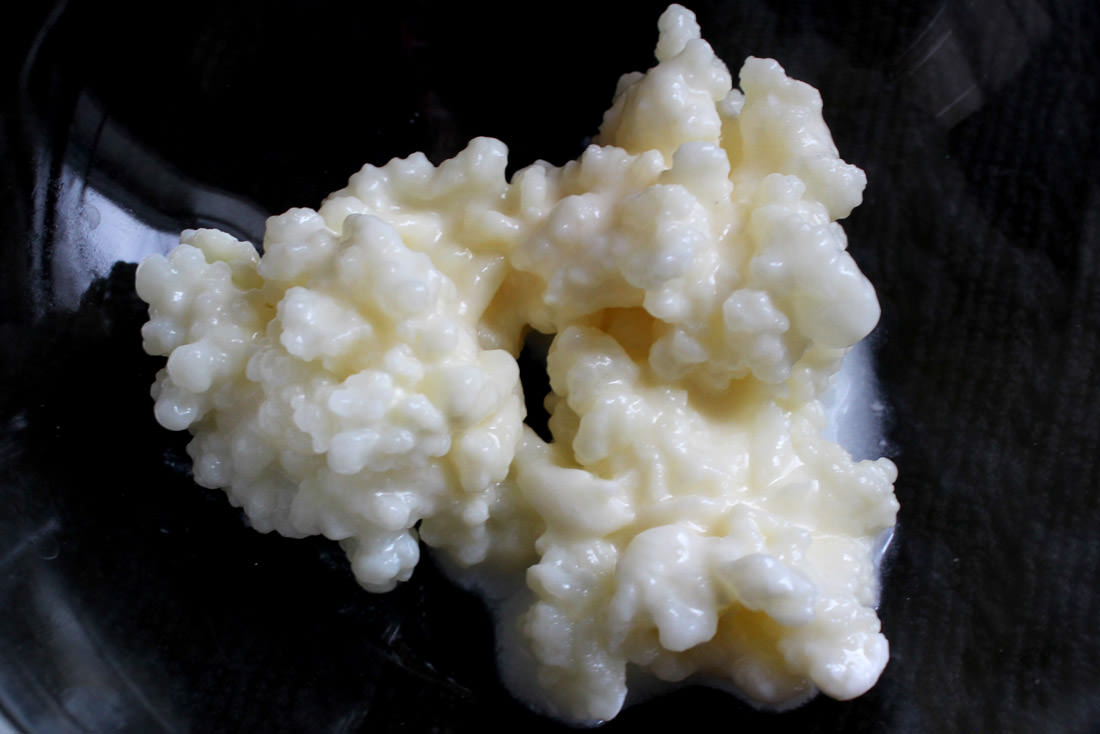
Don't Rinse Your Kefir Grains! - Cultured Food Life
Milk Kefir Grains Troubleshooting FAQ
More information on Kefir | veganfoodpreparation
How Mean Can You Be To Your Kefir Grains? - thedigestersdilemma.com
Oups - I killed my Water Kefir Grains :-( - YouTube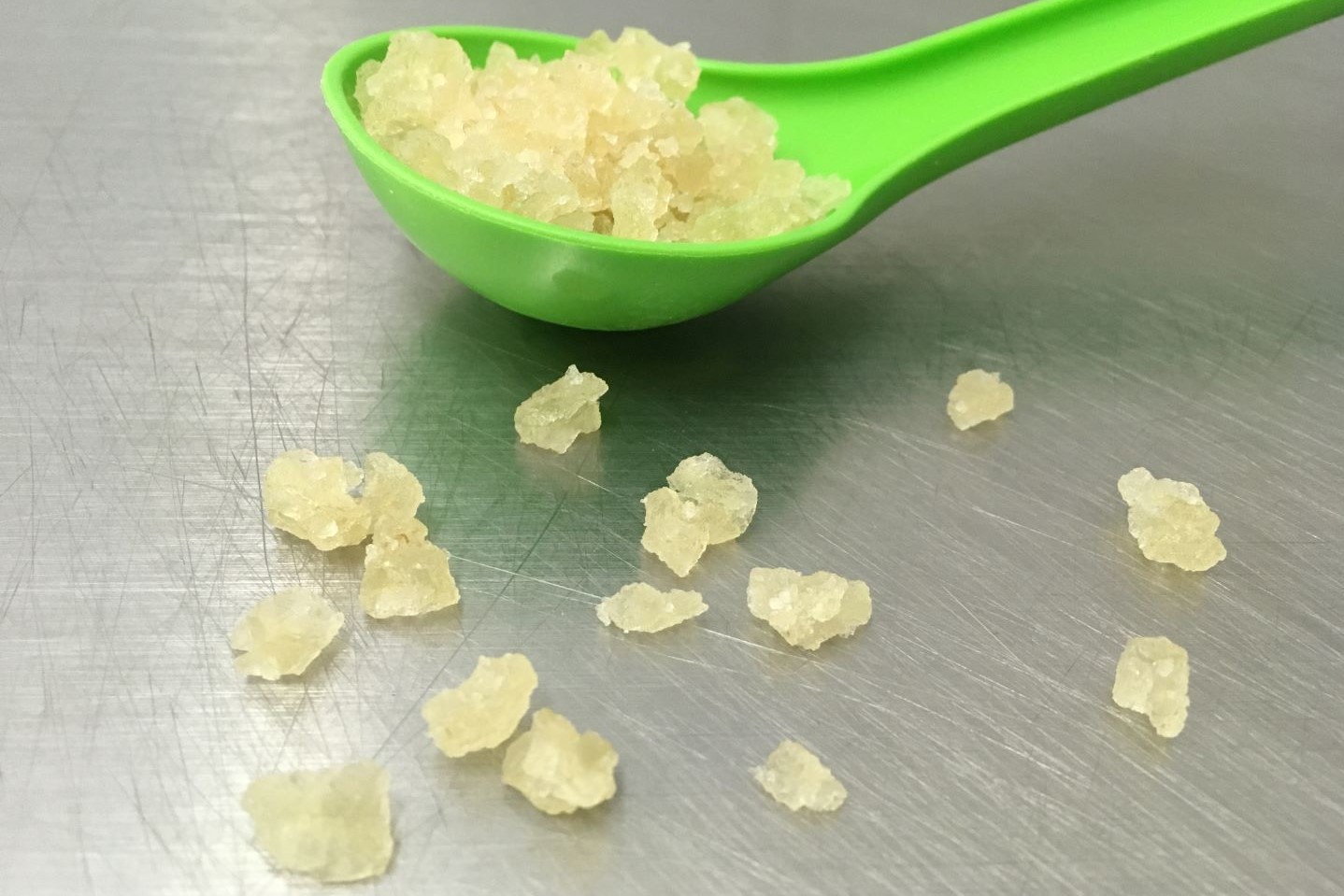
How to activate water kefir grains: step-by-step guide - KEFIRKO
How to Make Water Kefir | Edible Alchemy Fermentation Blog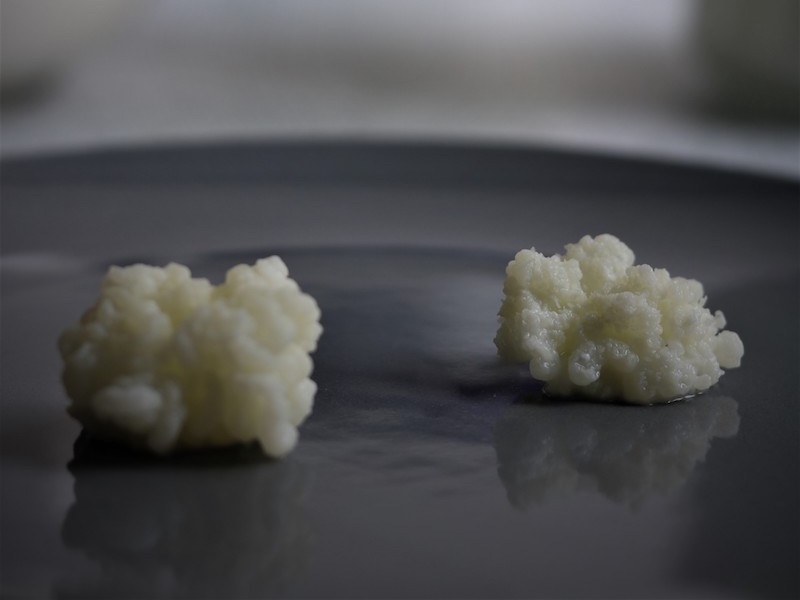
5 tips that can help grow kefir grains - KEFIRKO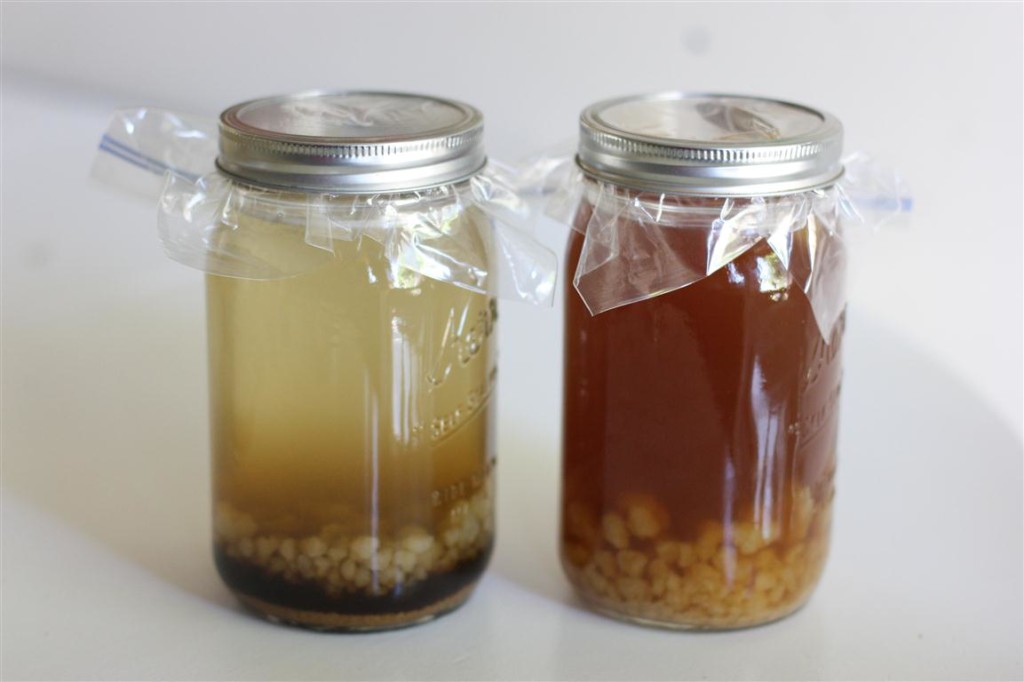
What is Water Kefir - 12 Steps to Making Water Kefir Yourself from Home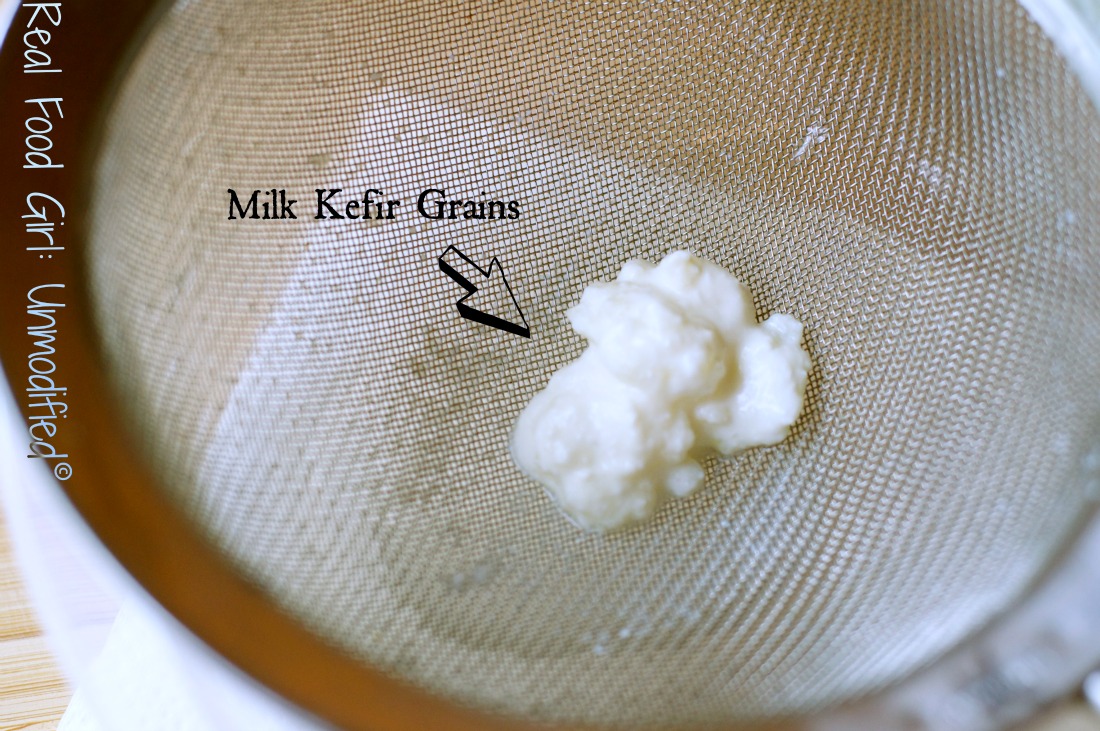
WM kefir grains
Your Kefir Questions Answered! - Homemade Mommy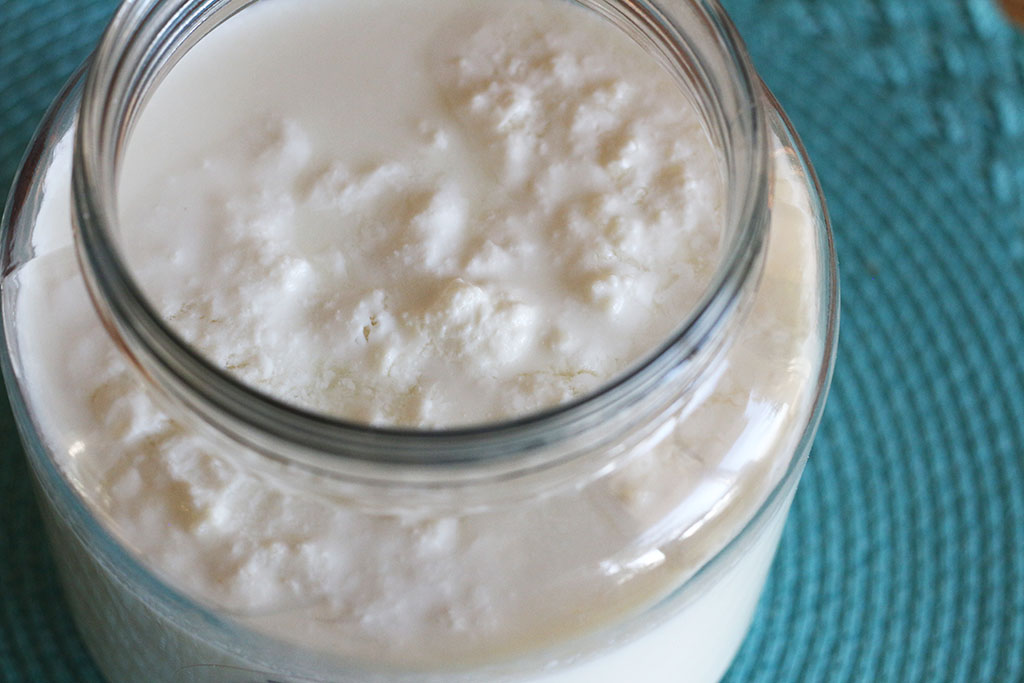
The Thick and Thin of Kefir - Cultured Food Life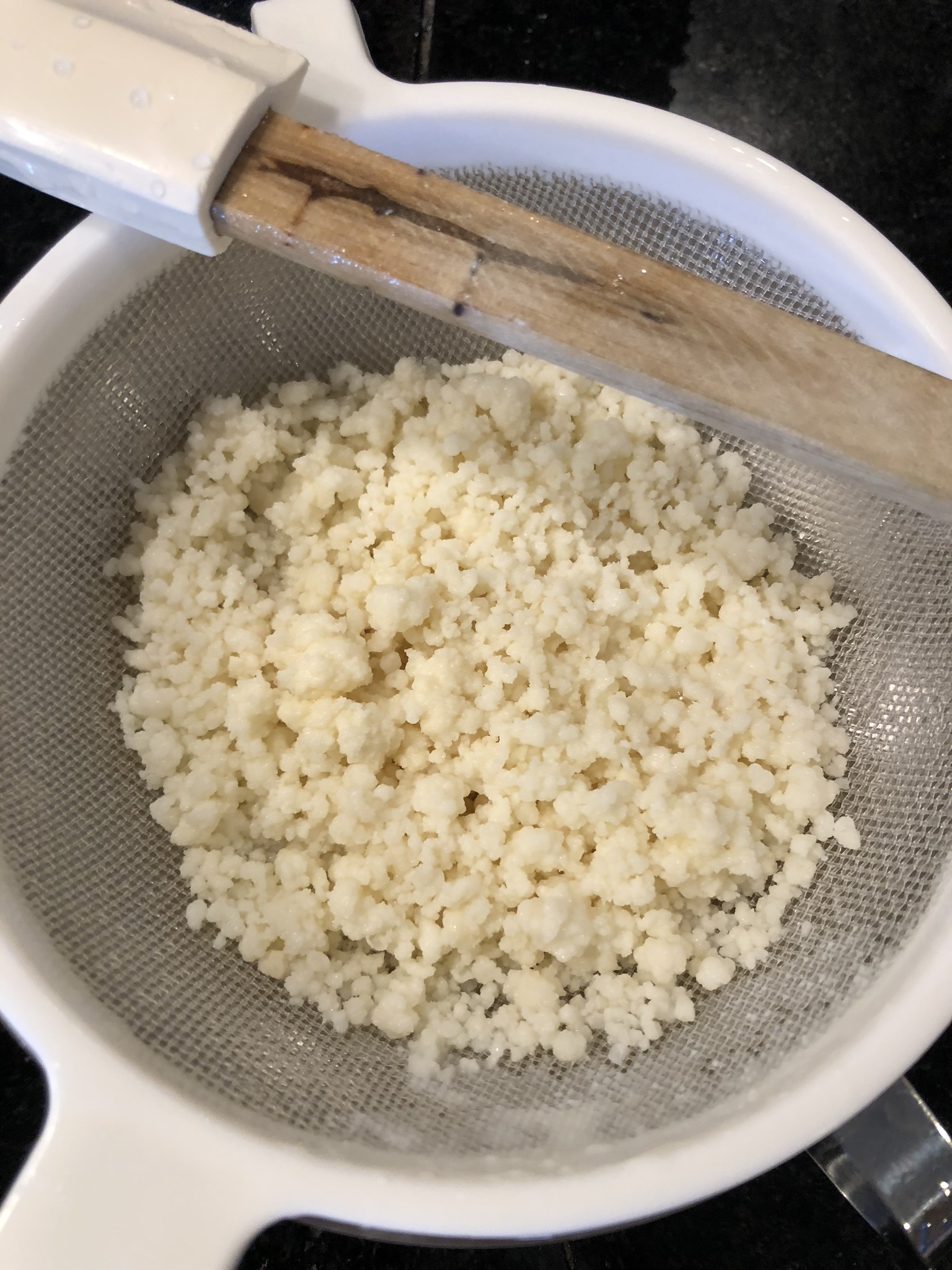
Kefir Grains for Milk, Coconut Milk and More – The Cultured Bite
Good Grains Gone Bad- Fixing Kefir That Seems Bad or Sour
What are the benefits of eating milk kefir grains? - Yemoos Nourishing Cultures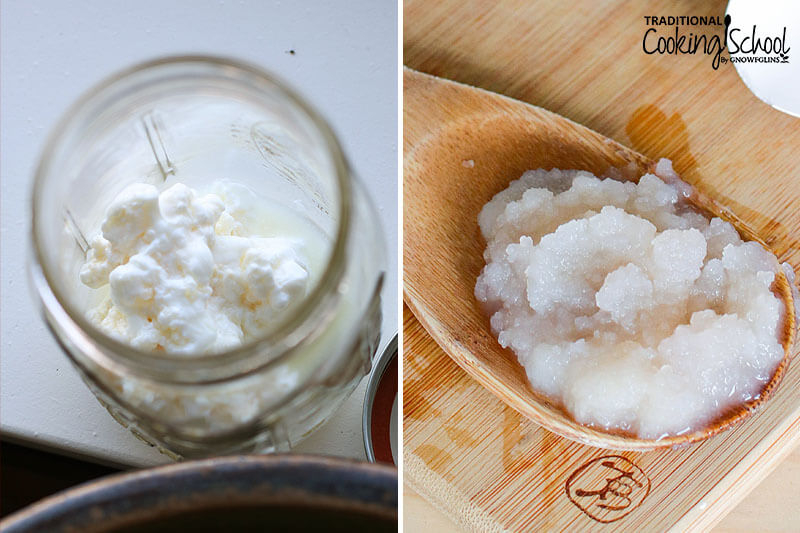
ULTIMATE Milk Kefir Guide (how to make it, troubleshooting tips & more!)
Water Kefir | Pick Me Yard
Are your water kefir grains dying? - Red Skep
Water Kefir Archives - Kefir Canada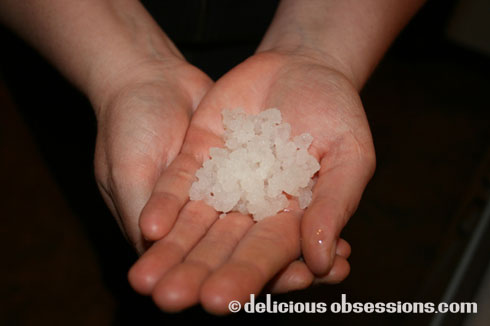
Water Kefir FAQs - Delicious Obsessions
Dom's how-to share kefir grains in-site
Milk Kefir Grains Troubleshooting FAQ
What if Your Water Kefir Grains Arent Growing? | Water kefir grains, Water kefir, Kefir
Milk Kefir FAQs - Cultured Food Life
How to Make Water Kefir More Fizzy - Yemoos Nourishing Cultures
Water Kefir: Oxygen or No Oxygen? - It Takes Time
Water Kefir FAQ Frequently Asked Questions - What is Water Kefir?
How can you tell if the kefir grains are no longer good to use? : Kefir
 How you know if your kefir grains are dead and what to do about it
How you know if your kefir grains are dead and what to do about it






























Posting Komentar untuk "how to tell if kefir grains are dead"